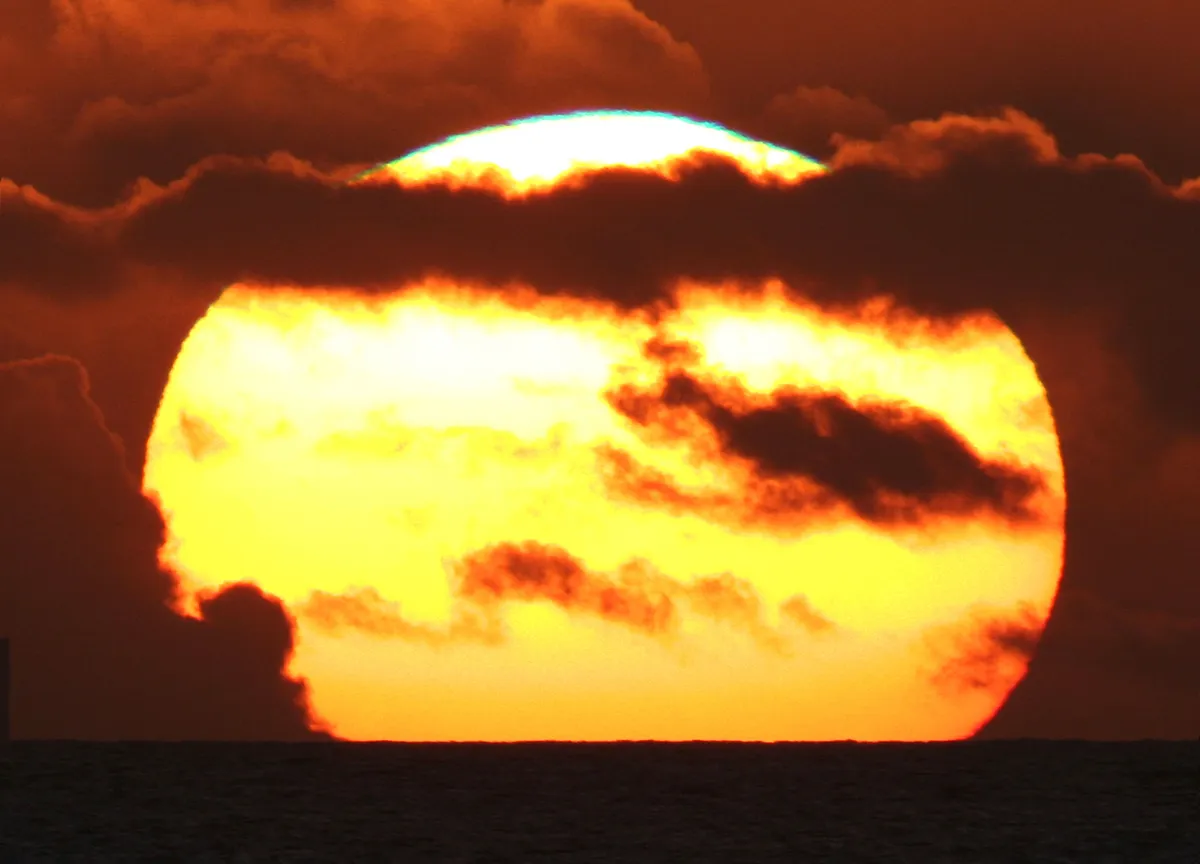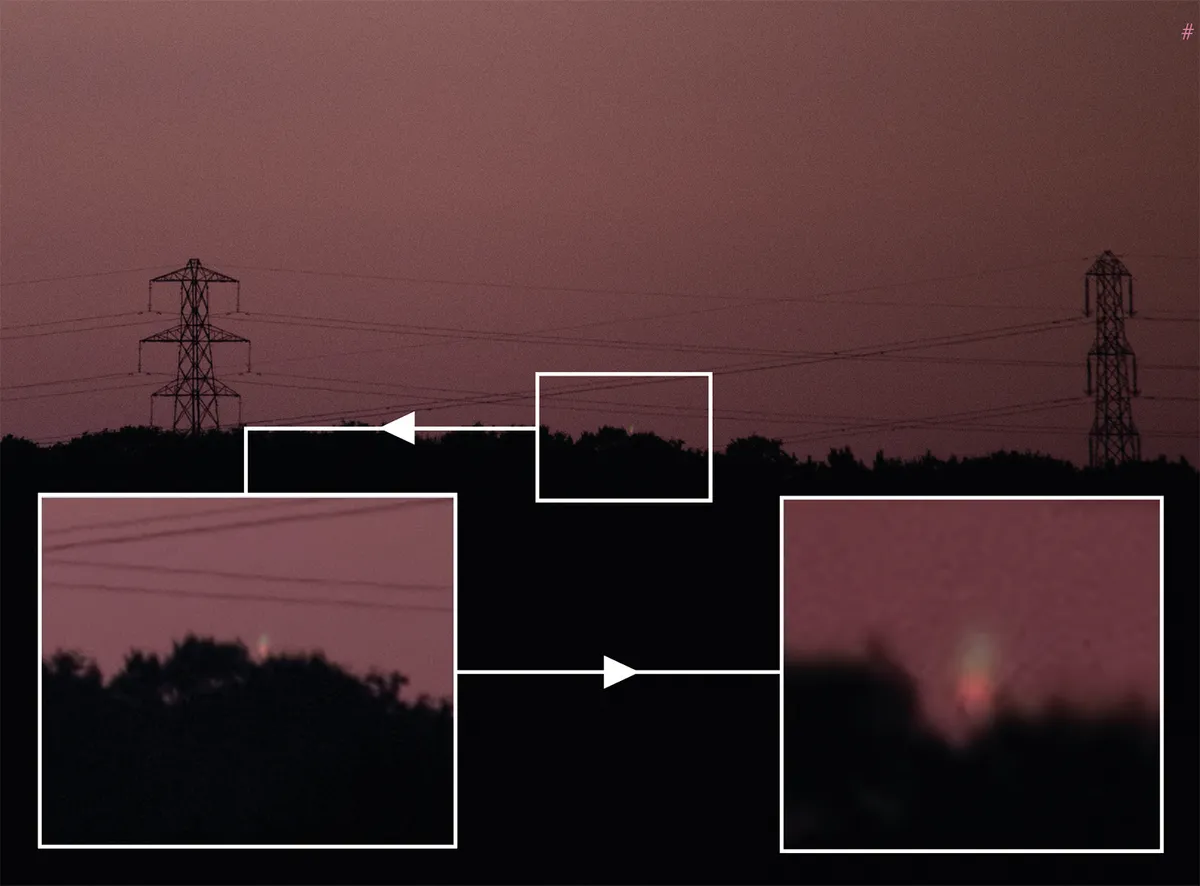In this guide we'll reveal the info you need to see the green flash effect with the bright planet Venus.
The green flash is an atmospheric phenomenon normally associated with the Sun. It’s also often cited as an effect which is seen from the tropics when the Sun sets over a seaward horizon. In reality all of these statements are both correct and incorrect.

What causes the Venus green flash
While the green flash is best seen with the setting Sun over a seaward horizon in the tropics, it’s by no means unique to either the Sun, sunset or the tropics.
The phenomenon arises when light passes through the Earth’s atmosphere at low altitude.
Our atmosphere refracts light of different wavelengths in the same way that a prism does.
Atmospheric dispersion, as it is known, gets more pronounced as you approach the horizon because any incoming light has to pass through a thicker air mass here.
Although the effect is small, it’s enough to create the impression that a bright object – and this can be the Sun, Moon, stars or planets – has a red lower edge and blue upper edge.
Here, another atmospheric effect known as scattering kicks in. This causes the blue light to scatter and, unless your atmosphere is extremely clean, the blue edge is lost.
This leaves the next colour in the spectrum to become dominant – namely green.

A true green flash occurs when an atmospheric inversion layer detaches the upper edge of a bright object so it hovers with the vivid colour of the dispersion edge above the object itself.
This is most evident at sunset over a seaward horizon, but it can also occur for any bright object either rising or setting.
It’s also not limited to a sea horizon and can be seen to occur over a land horizon or even as the object sinks behind a low altitude cloud bank.
As Venus sets, it should be possible using a high magnification setup, to spot how atmospheric dispersion spreads its brilliant light into a spectrum of colour.
Splitting the upper green portion off from the dispersed planet is perhaps a tall order with something so small, but taking a series of images in rapid succession, exposed to reveal the colour may bag you this rare phenomenon.
A DSLR or high frame-rate colour video camera looking through a long effective focal length telescope are ideal tools for this but be prepared for some real-time adjustment.
As bright objects approach the horizon, the thicker layer of atmosphere they appear behind will rapidly attenuate their light, dimming their appearance.
Have you seen or photographed the Venus green flash? Get in touch and let us know by emailing contactus@skyatnightmagazine.com
This article originally appeared in the February 2020 issue of BBC Sky at Night Magazine.
